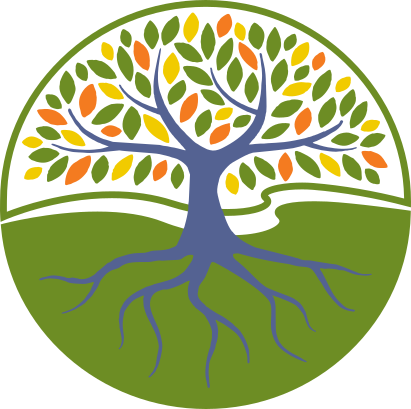Probability, ∂Y 🎶 ✨ 👑#
God’s Will!
– Henry V
+ Expand

Fig. 1 Personalizing Risk Estimates. The distinction between static and dynamic data presentation in scientific literature is stark: nearly all peer-reviewed clinical and public health research findings rely on static visualizations of pre-determined cohorts. If personalized medicine is to fulfill its promise, dynamic visualization—such as the interactive model above—must become the standard for conveying information to patients, care providers, and public health practitioners.#
+ Expand
What is the probability that ecosystem inefficiencies deny a stakeholder (e.g. analyst) the opportunity to generate accessible and personalized information for other stakeholders?
Show code cell source
import numpy as np
import matplotlib.pyplot as plt
import networkx as nx
# Define the neural network fractal
def define_layers():
return {
'Suis': ['Patient Access/Care', 'Hospital Records', 'Disclosure Risk', 'Collaborators', 'Databases', 'Analytic Scripts', ], # Static
'Voir': ['Information'],
'Choisis': ['Baseline', 'Decision'],
'Deviens': ['Adverse Event Markers', 'Comorbidity/ICD Codes', 'Temporal Changes'],
"M'èléve": ['Mortality Rate', 'Organ Failure', 'Hospitalization', 'Dependency', 'Physical Frailty']
}
# Assign colors to nodes
def assign_colors():
color_map = { # Dynamic
'yellow': ['Information'],
'paleturquoise': ['Analytic Scripts', 'Decision', 'Temporal Changes', 'Physical Frailty'],
'lightgreen': ['Databases', 'Comorbidity/ICD Codes', 'Organ Failure', 'Dependency', 'Hospitalization'],
'lightsalmon': [
'Disclosure Risk', 'Collaborators', 'Baseline',
'Adverse Event Markers', 'Mortality Rate'
],
}
return {node: color for color, nodes in color_map.items() for node in nodes}
# Calculate positions for nodes
def calculate_positions(layer, x_offset):
y_positions = np.linspace(-len(layer) / 2, len(layer) / 2, len(layer))
return [(x_offset, y) for y in y_positions]
# Create and visualize the neural network graph
def visualize_nn():
layers = define_layers()
colors = assign_colors()
G = nx.DiGraph()
pos = {}
node_colors = []
# Add nodes and assign positions
for i, (layer_name, nodes) in enumerate(layers.items()):
positions = calculate_positions(nodes, x_offset=i * 2)
for node, position in zip(nodes, positions):
G.add_node(node, layer=layer_name)
pos[node] = position
node_colors.append(colors.get(node, 'lightgray'))
# Add edges (automated for consecutive layers)
layer_names = list(layers.keys())
for i in range(len(layer_names) - 1):
source_layer, target_layer = layer_names[i], layer_names[i + 1]
for source in layers[source_layer]:
for target in layers[target_layer]:
G.add_edge(source, target)
# Draw the graph
plt.figure(figsize=(12, 8))
nx.draw(
G, pos, with_labels=True, node_color=node_colors, edge_color='gray',
node_size=3000, font_size=15, connectionstyle="arc3,rad=0.2"
)
plt.title("Ecosystem Integration", fontsize=23)
plt.show()
# Run the visualization
visualize_nn()


Fig. 2 The Scientific Enterprise: Ecosystem, Navigation, Decisions, Tracking, Outcomes. The Ecosystem encapsulates the intricate flow of information, decision-making, and outcomes within clinical medicine and public health. It functions as a multi-layered neural network, where patients, students, researchers, and clinicians navigate a complex landscape filled with both opportunities and inefficiencies. At its front-end (yellow node), the web app serves as a transparent, personalized tool, guiding prospective kidney donors through risks, benefits, and post-donation considerations. But beyond this immediate utility lies a deeper infrastructure—a structured backend where information, data, and decision-making processes interconnect dynamically. Students exploring this system may uncover the technical mechanics of data flow, decision nodes, and analytical scripts that underpin clinical research. Meanwhile, principal investigators and research labs act as key agents, shaping the ecosystem through their decisions on disclosure risks, collaboration, and methodological rigor. As stakeholders engage with the platform, they are not merely passive participants but active contributors to the evolution of an adaptive, decentralized, and highly efficient medical knowledge network. This ecosystem is not just a digital tool—it is an epistemic revolution, inviting users at every level to move beyond static knowledge and actively shape the future of patient care, research, and public health decision-making.#
+ Expand
Consider how inefficiencies in data-sharing, organizational silos, and static risk models create barriers

